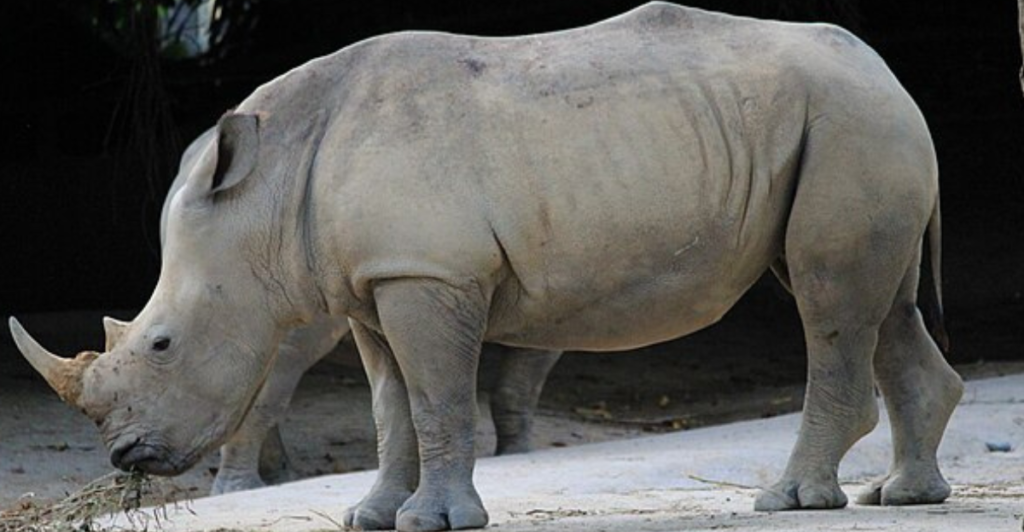
The natural world is under increasing pressure from habitat loss, climate change, and human activity, yet recent conservation efforts are delivering remarkable successes. Across the globe, dedicated scientists, communities, and organizations are restoring ecosystems and reviving endangered species. These stories of resilience and recovery highlight the importance of collaboration and the potential to reverse declines when action is taken. Here are some of the most inspiring wildlife comeback stories of 2024.
Sea Otters in the Elkhorn Slough, California
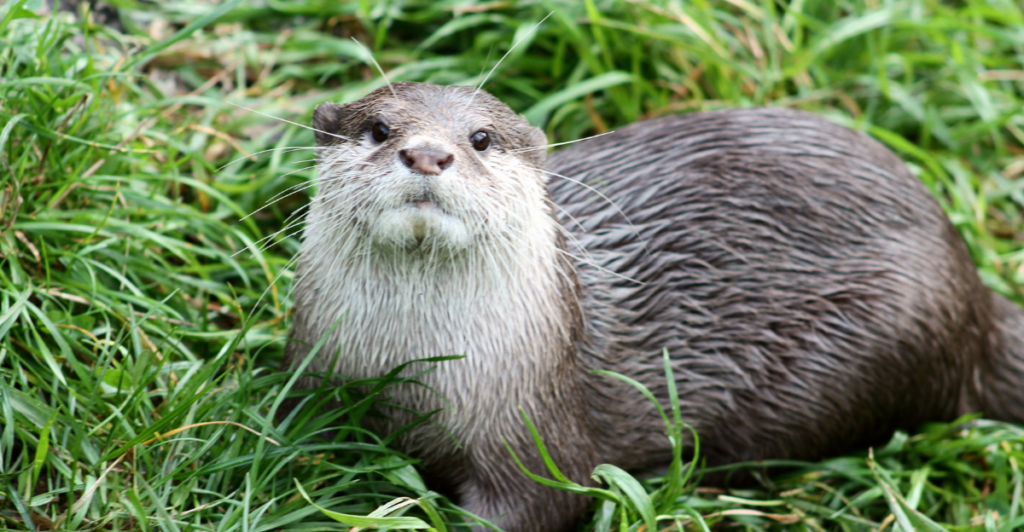
Sea otters have returned to Californian marshlands, providing a vital solution to halt erosion. The collapsing marshlands, severely impacted since the construction of a harbor in the 1940s, face ongoing degradation. These ecosystems are critical for flood protection, water purification, and supporting diverse wildlife.
Over recent decades, the unchecked growth of shore crab populations has damaged soil stability. As keystone predators, sea otters play a unique role by preying on crabs and maintaining ecological balance. Their reintroduction has helped stabilize marshland plants, reduce erosion, and restore biodiversity, showing how a single species can rejuvenate an entire ecosystem.
Cánones de Alicante Becomes a Marine Protected Area in Spain
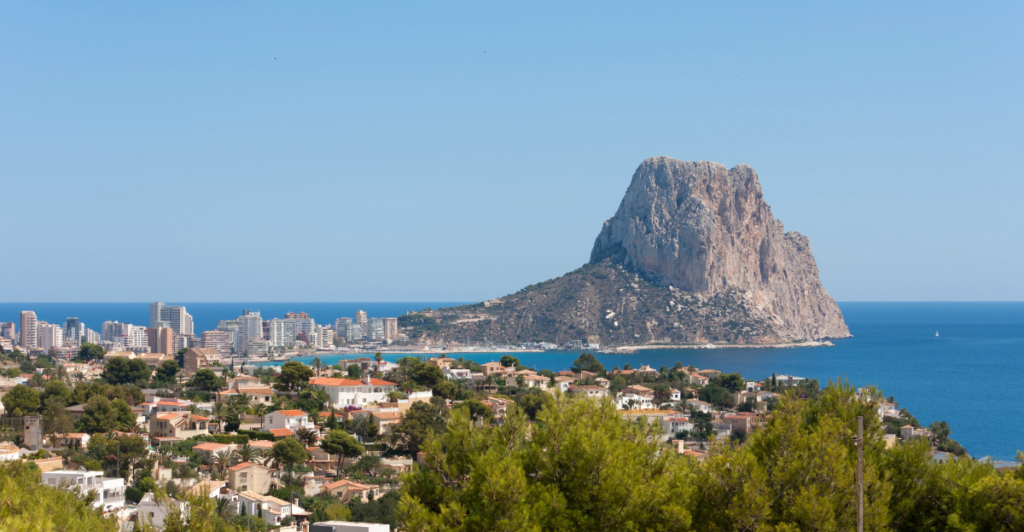
Spain has announced seven new Marine Protected Areas (MPAs), increasing its protected marine zones from 12% to 21%. Among these is the Cánones de Alicante, located in the Mediterranean. These MPAs also extend to seamounts near the Canary Islands and bird migratory corridors in the Atlantic.
The MPAs protect sensitive habitats, such as reefs and seamounts, which are crucial for biodiversity and climate change mitigation. Spain’s initiative aligns with the EU’s ambitious target to protect 30% of European waters by 2030. Effective management, research, and enforcement will be critical to ensure these marine ecosystems thrive for future generations.
Black and White Rhinos
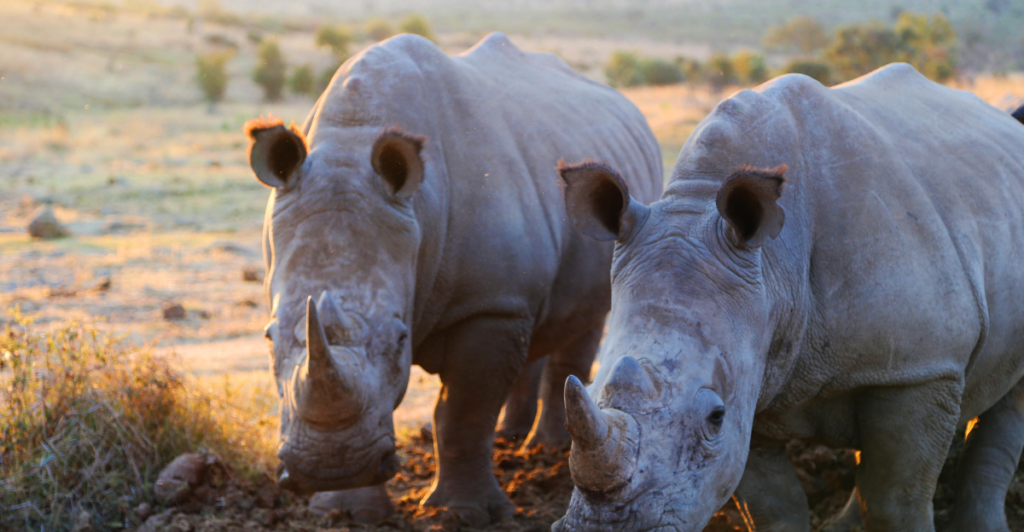
Across Africa, black rhino numbers have shown a sustained recovery over the last three decades, from their lowest point of 2,354 in 1995 to 6,487 at the end of 2022, and showed a slight decline to 6,421 by the end of 2023. This change is largely due to targeted poaching in Hluhluwe iMfolozi Park in South Africa and Etosha National Park in Namibia. Active dehorning operations are underway in both parks to reduce the pressure on these important populations.
Overall, the loss of African rhinos to poaching increased during 2023 to 586, from the 551 killed in 2022. The use of best practice interventions to disrupt organized crime, such as financial investigations and strong sentencing of wildlife criminals, is essential to stop these syndicates.
Building on positive news of their recovery last year, white rhino numbers continued to rise across the continent, reaching 17,464 at the end of 2023 (up from 16,803). As a result, there were an estimated 23,885 black and white rhinos combined in Africa at the end of 2023, an increase of 2.4%.
Reintroduction of Przewalski’s Horse in Kazakhstan
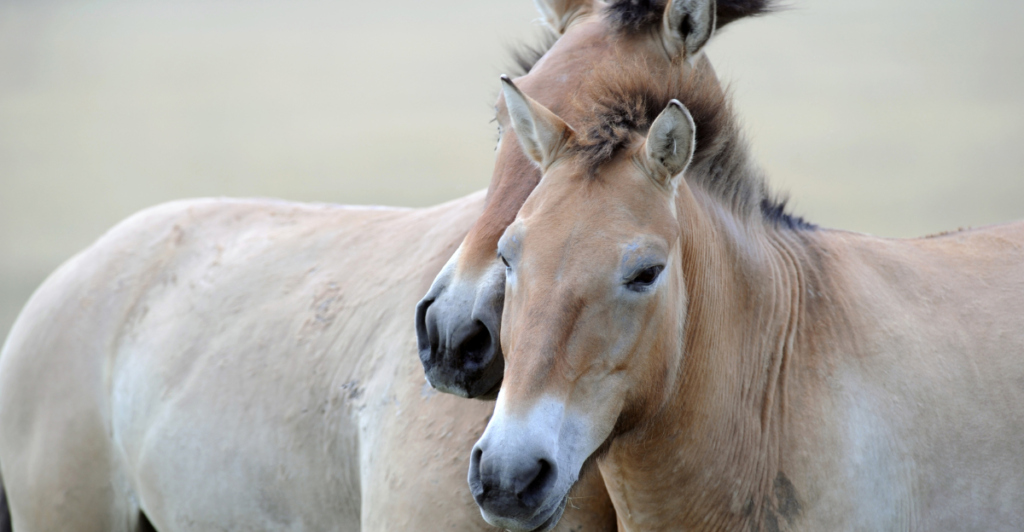
In Kazakhstan’s Altyn Dala, or “Golden Steppe,” the Przewalski’s horse has been reintroduced to its native habitat. This species, the world’s last truly wild horse, once roamed Central Asia’s steppes but was driven to extinction in the wild by the mid-20th century due to hunting and habitat loss.
Through international conservation efforts and careful breeding programs, these horses are now thriving in Kazakhstan’s steppe. As a keystone species, they maintain ecological balance by grazing, which supports diverse flora and fauna. This success highlights the importance of collaboration, scientific research, and community involvement in saving endangered species.
Nesting Bald Eagles in Toronto, Canada
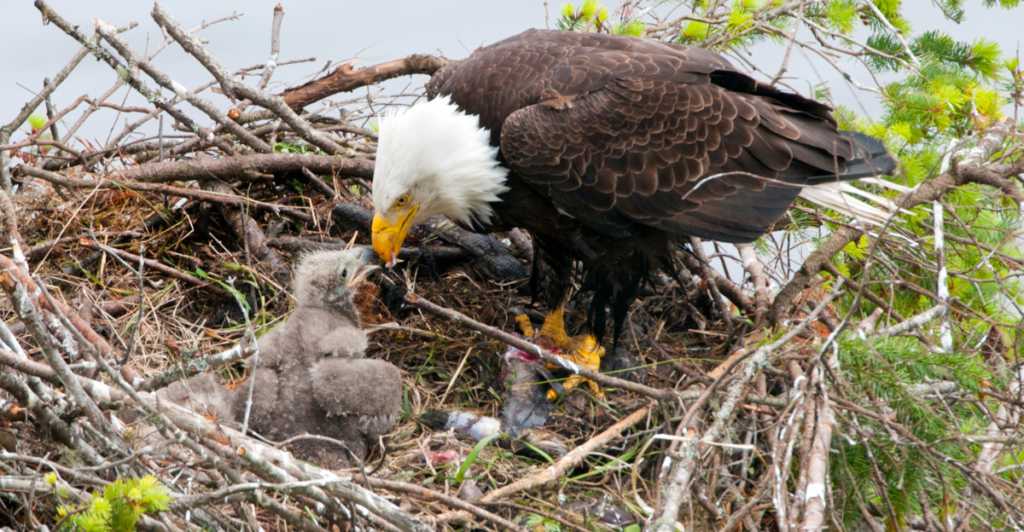
Bald eagles have been spotted nesting in Toronto for the first time, a significant milestone for urban wildlife conservation. Historically, bald eagle populations faced near-extinction in the 1950s due to hunting and pesticide use, particularly DDT. Conservation measures, including habitat restoration and the banning of DDT, have facilitated their comeback.
The Toronto and Region Conservation Authority (TRCA) confirmed that the nest contains two eaglets. Their presence signifies cleaner waters and a healthy food web. The TRCA has kept the nest’s location secret to protect the birds, marking a promising sign of ecological renewal in Canada’s urban landscapes.
Blue Whale Numbers Increasing in Antarctica
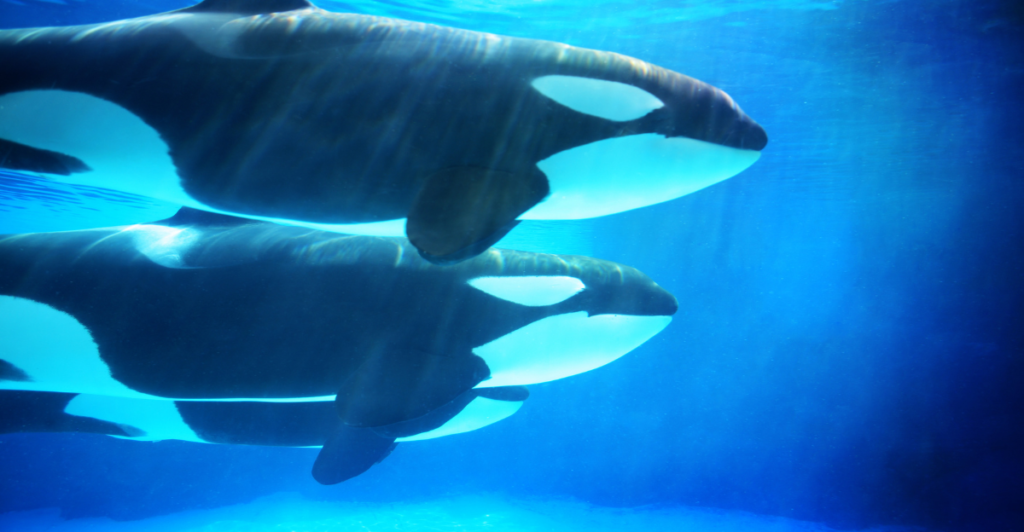
Blue whales, the largest animals on Earth, are experiencing a resurgence in Antarctica after decades of near-extinction due to commercial whaling. The International Whaling Commission banned whaling in 1966, and further protection came with the creation of the Southern Ocean Whale Sanctuary in 1994.
Recent research using visual surveys, acoustic monitoring, and genetic sampling has documented increased sightings in Antarctic waters. These findings signal a slow but steady recovery for blue whale populations. Continued enforcement of whaling bans and conservation efforts remain essential for their long-term survival.
Reintroduction of Bison in Romania
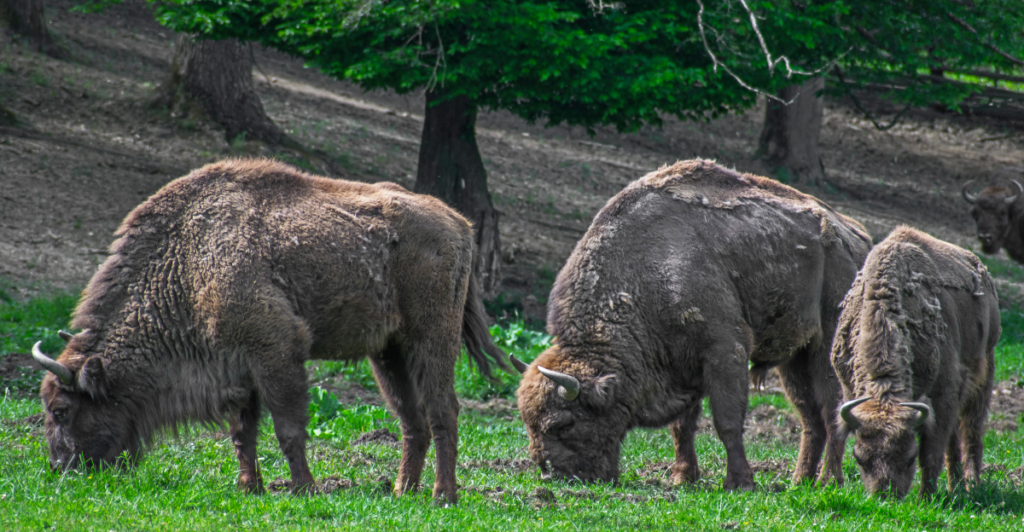
The reintroduction of European bison in Romania has brought significant ecological and environmental benefits. Once extinct in the wild due to hunting and habitat loss, the bison have been successfully reintroduced to the Carpathian Mountains through conservation programs.
As a keystone species, bison restore ecosystems by grazing on vegetation, maintaining open landscapes, and creating microhabitats that support biodiversity. Rewilding efforts have also demonstrated climate benefits. A herd of over 170 bison is estimated to help capture carbon equivalent to emissions from 84,000 US cars annually. Their reintroduction highlights the interconnected benefits of wildlife conservation.
The Daintree Rainforest in North Queensland

Australia’s Daintree Rainforest, one of the world’s oldest tropical rainforests, is being restored with the vital involvement of the Eastern Kuku Yalanji people. Conservationists face challenges such as invasive species, habitat fragmentation, and climate change, which threaten the delicate rainforest ecosystem.
Indigenous communities play a central role, combining traditional land management techniques with modern conservation methods. Their efforts focus on controlling invasive species and protecting endangered animals like the Southern Cassowary and Bennett’s Tree-Kangaroo. The Daintree’s restoration reflects the importance of cultural stewardship in preserving biodiversity and combating global environmental threats.
The Red Kite: A UK Conservation Icon
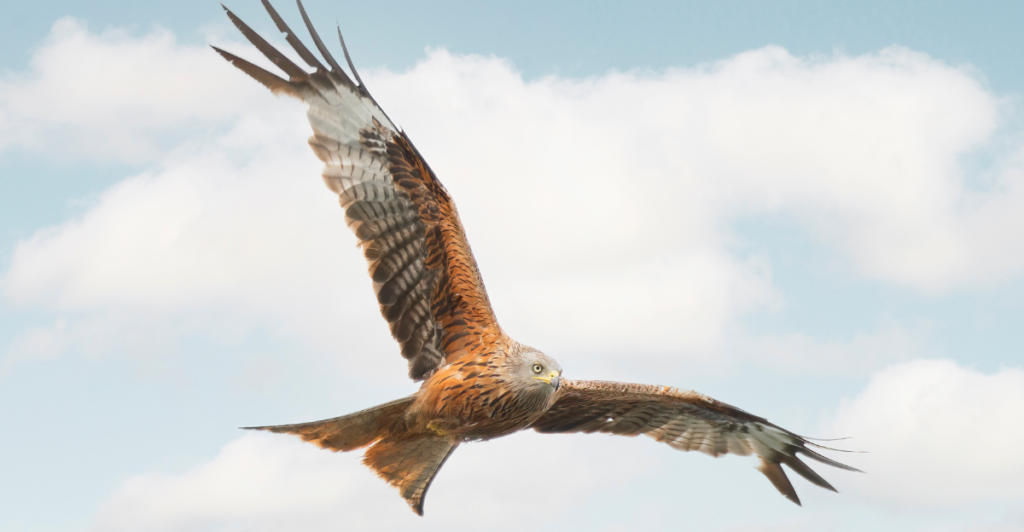
Once on the brink of extinction, the red kite has become a symbol of successful conservation in the UK. By the early 20th century, habitat loss, hunting, and poisoning reduced their population to just a few breeding pairs in Wales. Reintroduction programs beginning in the 1980s have brought the red kite back to the skies.
Today, thousands of these majestic birds soar across the UK, demonstrating the power of targeted conservation efforts. Their recovery is not only an ecological success but also an inspiration for future wildlife preservation initiatives.
The Large Blue Butterfly in the UK
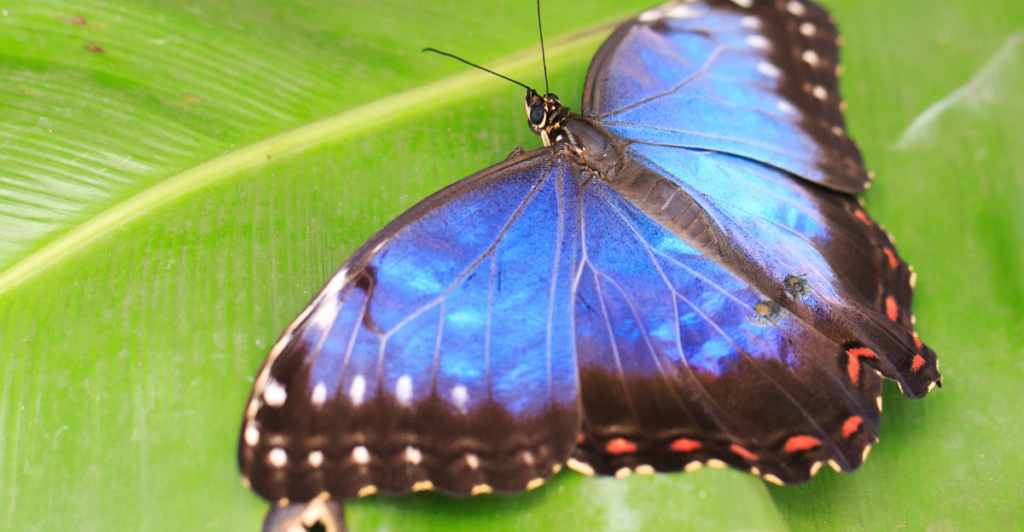
Declared extinct in the UK in 1979, the large blue butterfly has made an extraordinary comeback. Scientists discovered that the species relies on a specific ant for survival, leading to meticulous habitat restoration efforts.
By managing grasslands and reintroducing butterflies to carefully prepared environments, conservationists have enabled the large blue to thrive once again. This success story underscores the importance of understanding ecological relationships in insect conservation.
The Pine Marten’s Return to Scotland
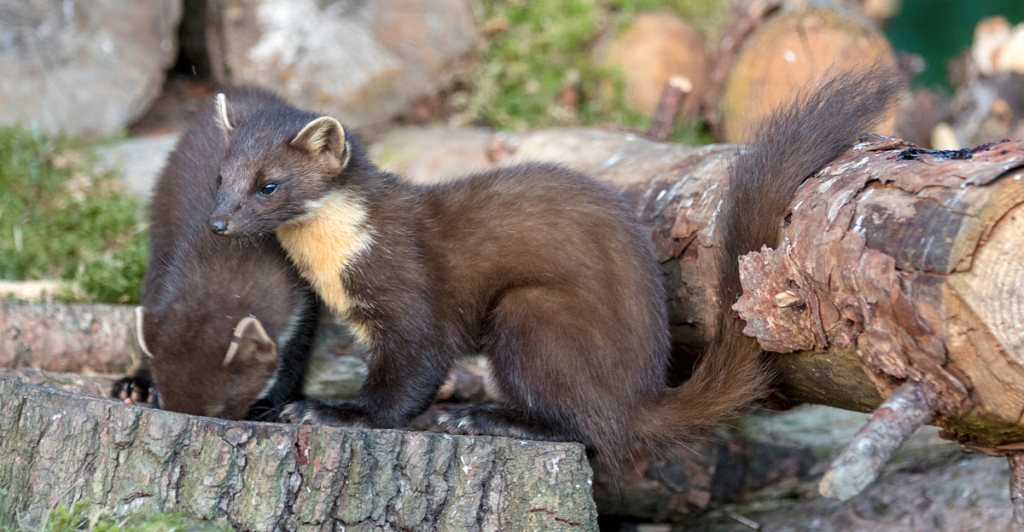
The pine marten, once widespread across the UK, saw its population plummet due to deforestation and hunting. Today, reintroduction projects in Scotland are reversing their decline. Pine martens are not only returning to forests but also positively impacting ecosystems by reducing invasive grey squirrel populations.
The resurgence of pine martens benefits native red squirrels, which face competition from grey squirrels. This conservation success highlights the importance of restoring predator-prey balance in natural habitats.
Bitterns Recover in UK Wetlands
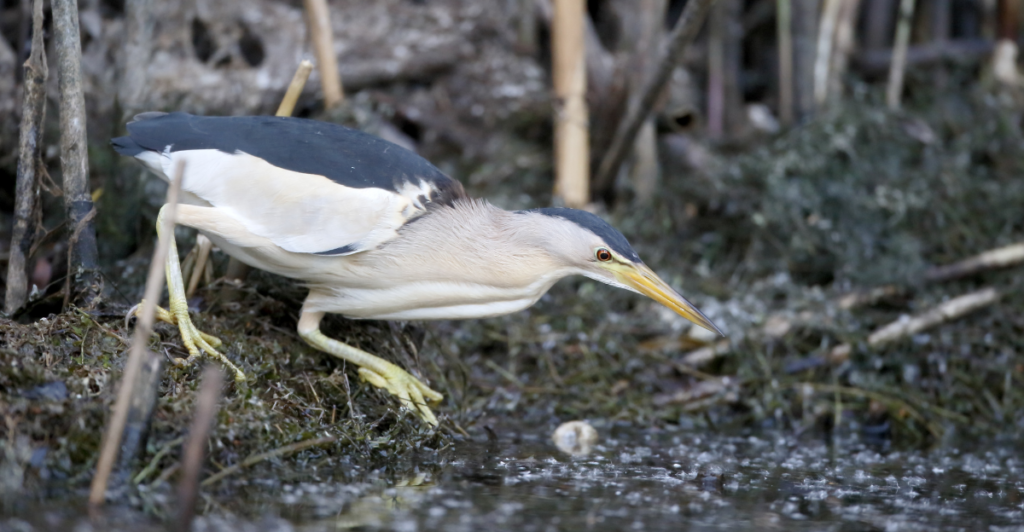
Bitterns, elusive wetland birds known for their haunting booming calls, faced extinction in the UK by the 1990s due to the loss of reedbed habitats. Thanks to habitat creation and management, particularly in areas like the Norfolk Broads and Somerset Levels, their numbers are rising.
Wetland restoration efforts have not only supported bitterns but also improved habitats for many other species, showcasing the broader benefits of ecosystem-focused conservation.
There is Hope
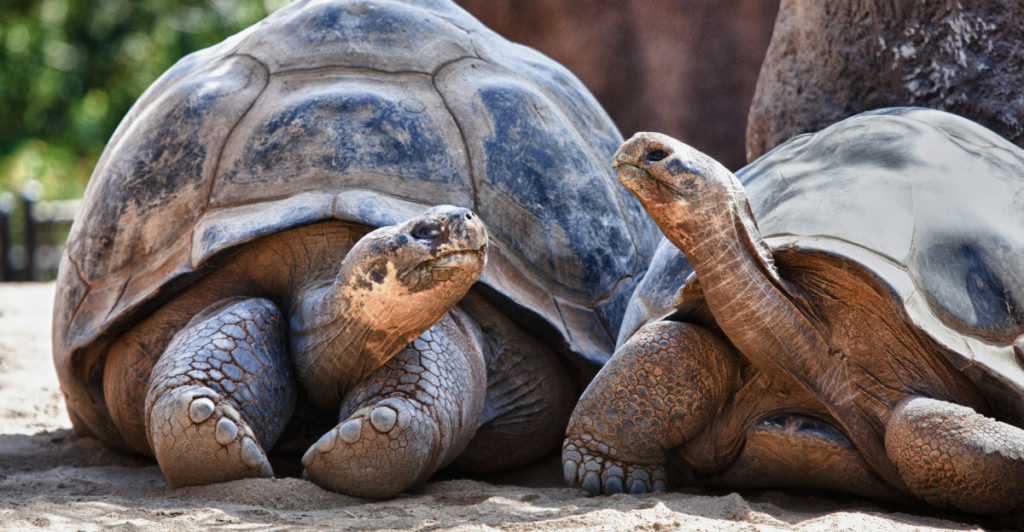
From sea otters in California to blue whales in Antarctica, these conservation successes offer hope for endangered species and ecosystems worldwide. Each story demonstrates the importance of collaboration, scientific research, and community involvement in preserving biodiversity. While challenges remain, these remarkable recoveries prove that targeted efforts can yield tangible and lasting results for our planet’s wildlife.
Stay connected with us for more stories like this! Follow us to get the latest updates or hit the Follow button at the top of this article, and let us know what you think by leaving your feedback below. We’d love to hear from you!







